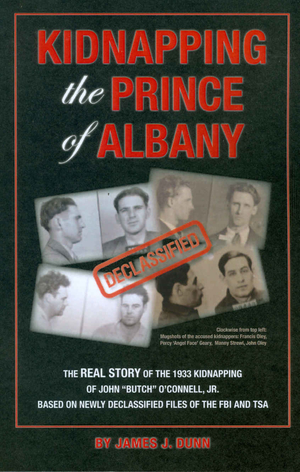
To create an enthralling account of a significant crime, author James J. Dunn has embellished events that emphasize our legal history in the riveting Kidnapping the Prince of Albany: The Real Story of the 1933 Kidnapping of John “Butch” O’Connell, Jr.
When John “Butch” O’Connell was kidnapped in 1933, the United States was a more lawless place. Prohibition was coming to an end, meaning less money for bootleggers, but as much or more for legitimate manufacturers. Among those former bootleggers in Albany, New York now going legit was the powerful clan led by Dan O’Connell, notorious mobster and political mover and shaker in the region.
However, some smaller fish were biting at the chance to get in on the act: the Oley brothers and their many underworld pals including Manny Strewl, developed a scheme to kidnap someone in the O’Connell family as a means of convincing Dan to let them have a piece of the legal liquor action.
To finance the scheme, Oley gathered a gang of hoodlums to perpetrate a couple of bank robberies, one of which involved the killing of a policeman. In a series of clever moves, Strewl had himself “selected” as the go-between for the kidnap victim and the O’Connells. Twenty-three days after the crime, Butch was released for the rather paltry sum of $40,000 (negotiated down from an original ransom of $250,000). Eight men were eventually arrested for the kidnapping.
Dunn paints this story cinematically, in vivid local color, using slang terms prevalent at the time, along with vintage photos of the settings, trial documents, and the larger panorama of the interactions between the criminals and the crime fighters. He insinuates that Dan O’Connell, while righteously the victim of this kidnapping, may have been the worst villain of them all.
O’Connell was probably indirectly responsible for other major crimes, such as the killing of “Legs” Diamond, an earlier piece of skullduggery that was linked to the kidnapping of O’Connell’s nephew. Behind the scenes, O’Connell used his political clout to get a sympathetic jury foreman appointed (the author’s grandfather, T.W. Dunn) and to push through a new state law making kidnapping a felony, rather than misdemeanor, charge, so that later trials would all but guarantee life sentences for Butch’s kidnappers. A story where the kidnapped victim is also a criminal is the stuff of mob movies, and so Dunn’s work reads like a thriller that is begging to be adapted for the big screen.
Though the book’s conclusion is known from the outset, there are compelling questions for fans of true crime. How many bad guys were involved and what compensation would they require? How much planning went into the crimes? What stupid mistakes were made? And since Dunn makes it an intriguing vignette, is it possible Pretty Boy Floyd was actually contacted as a potential player? Dunn ropes in all the kidnappers, describes them in detail, and recounts how each one met his end – some died in prison, at least two took their own lives, while Strewl manipulated events in his favor, got out of prison and lived a quiet, private life into his nineties.
Dunn’s careful account, constructed over twelve years of poring through public records and family lore, will appeal to those who enjoy mystery fact as much as fiction, providing a hearty, satisfying helping of both.
Book Links
STAR RATING
Design
Content
Editing
Get an Editorial Review | Get Amazon Sales & Reviews | Get Edited | Get Beta Readers | Enter the SPR Book Awards | Other Marketing Services



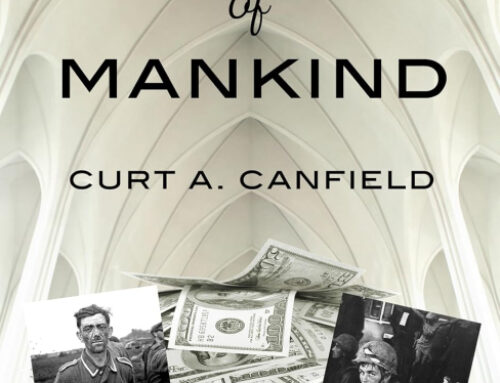

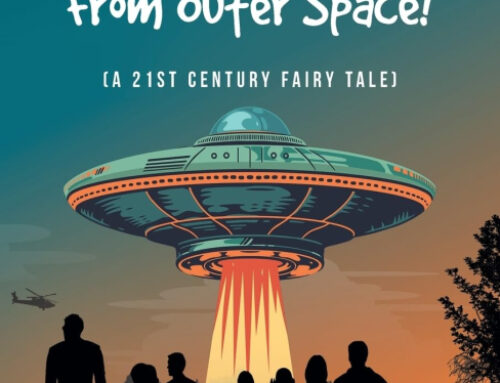

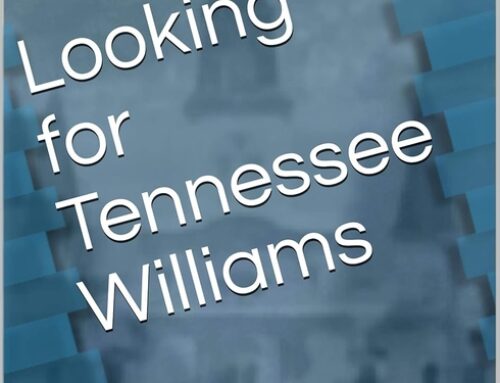
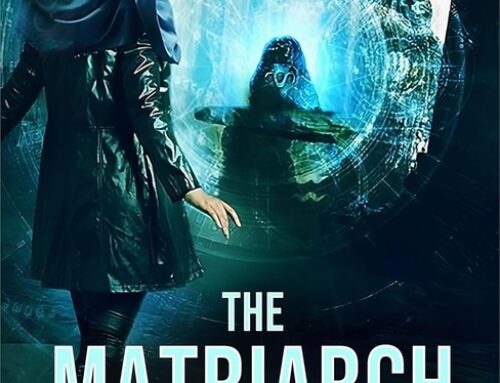
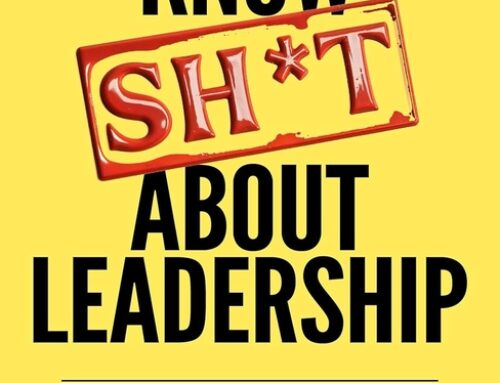



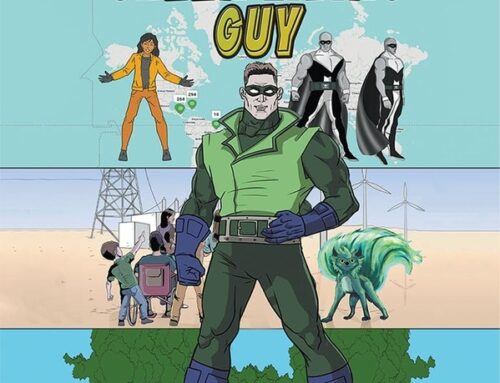


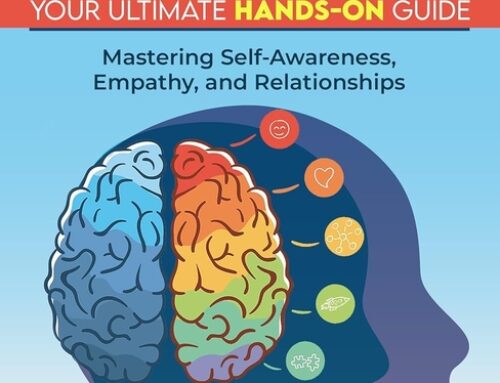

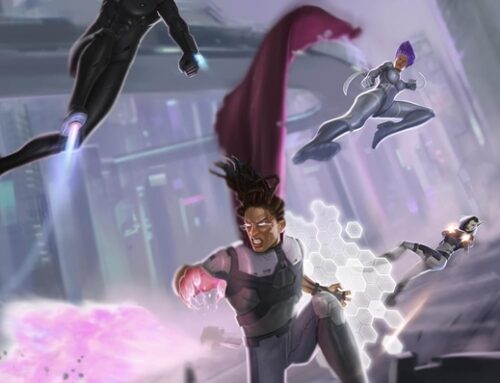




Leave A Comment